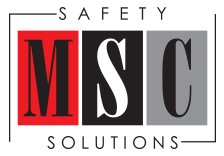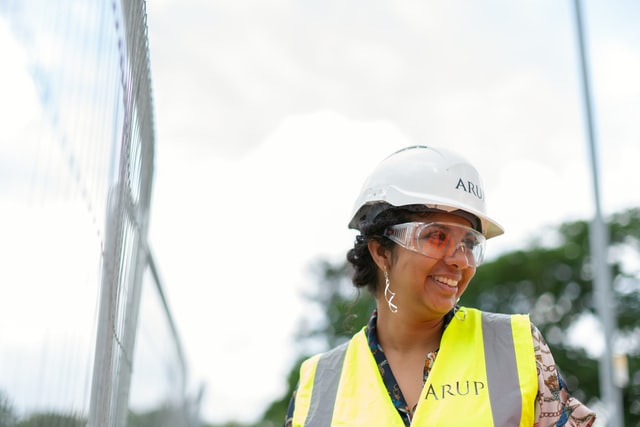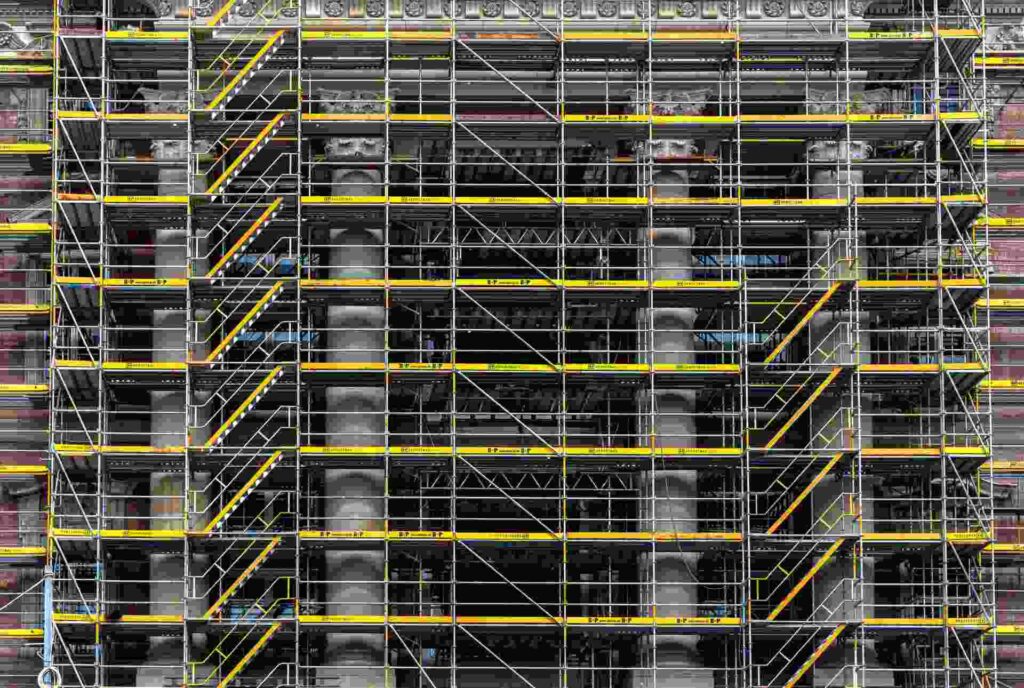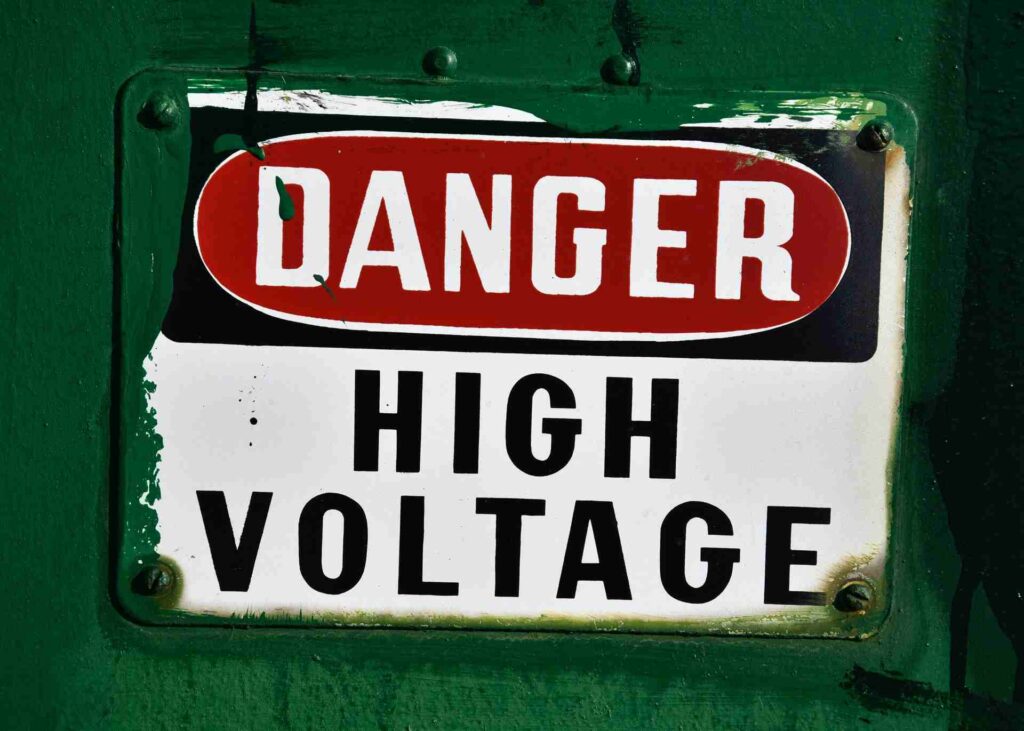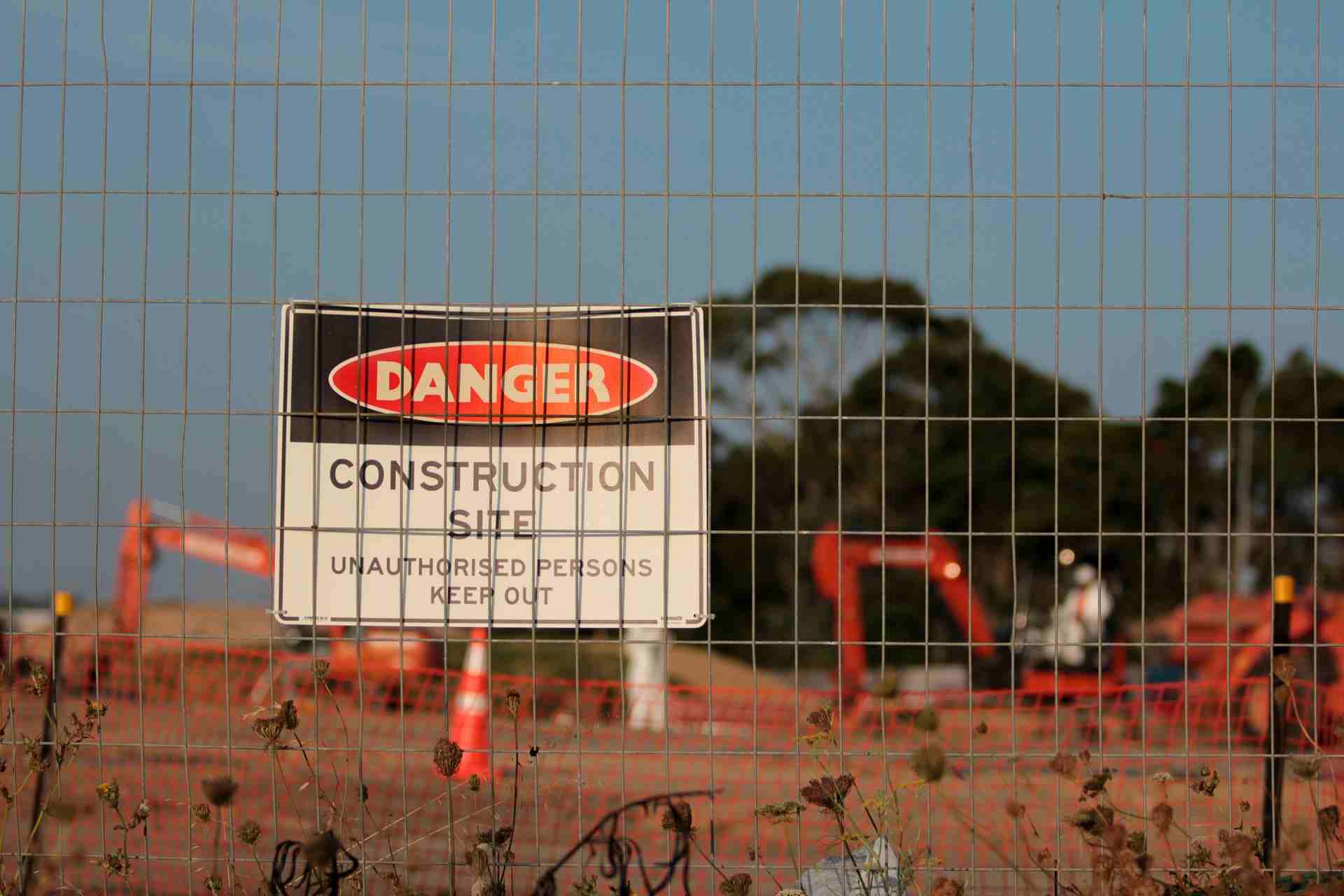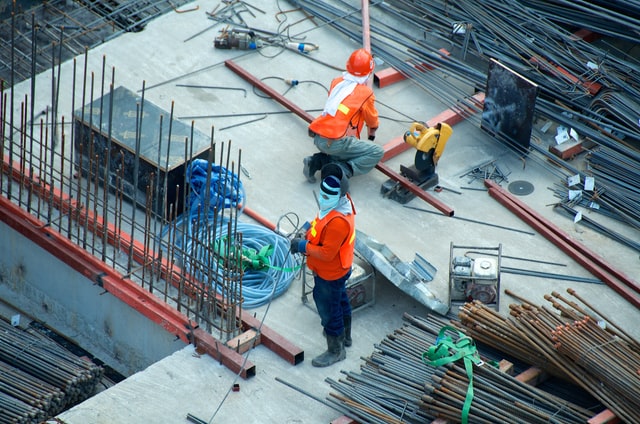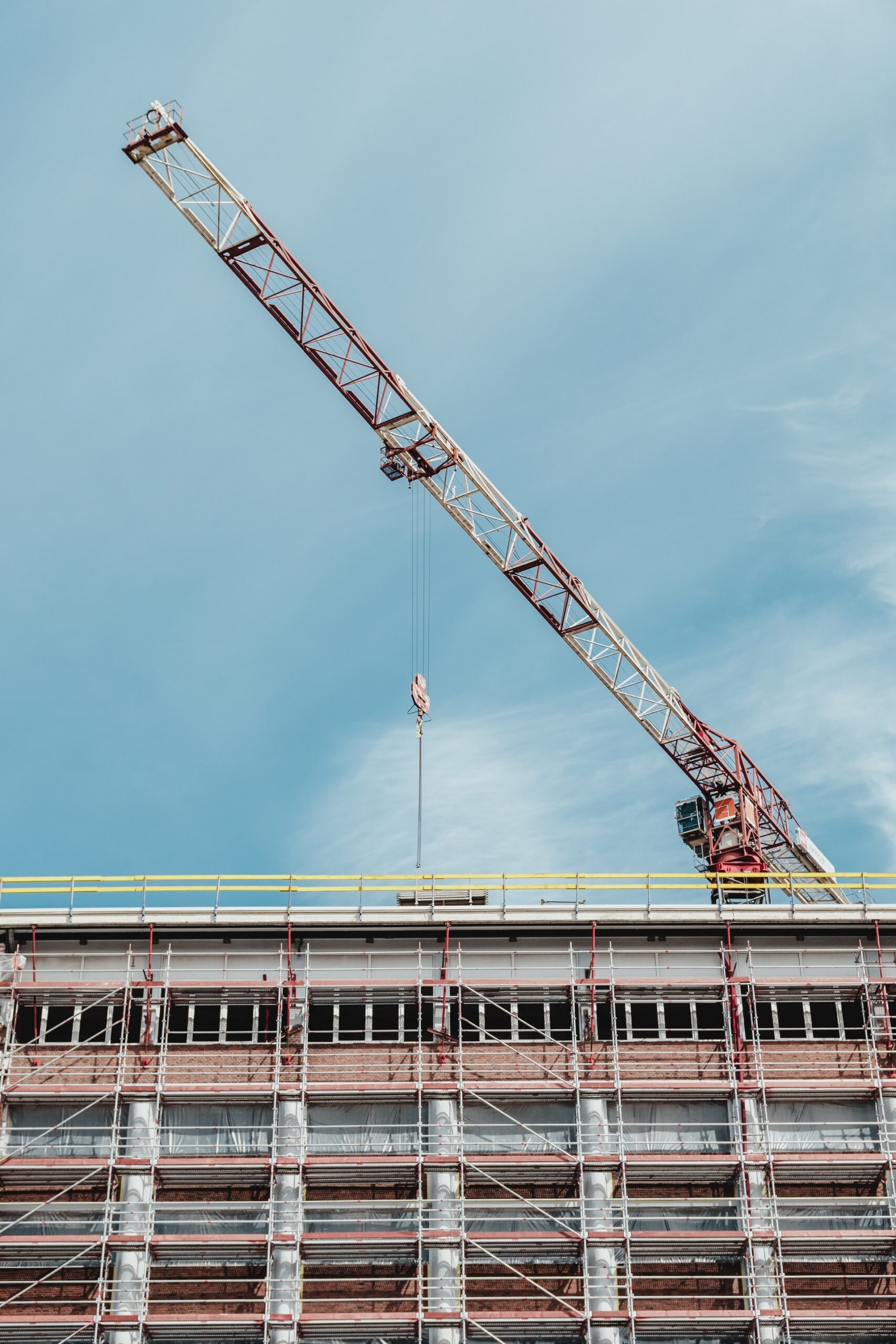Construction sites are run more efficiently than ever – thanks to technology and optimized systems. However, the level of safety for workers has struggled to keep up. Since 2016, construction safety has been on the decline – as the rates of injuries and fatalities on sites have continued to grow every year. Truth be told, the effectiveness of workplace safety almost always comes down to the construction safety checklist.
According to OSHA, over 20% of all workplace fatalities occur in the construction industry. Nearly half of these deaths are due to the “fatal four”:
- Falls – 33.5% of all fatalities, equaling 338 deaths per year.
- Strikes from an object – 11.1% of all fatalities, equaling 112 deaths per year.
- Electrocutions – 8.5% or 86 deaths per year.
- Caught-in, compressed, or crushed by collapsing structures, equipment, or material – 5.5% or 55 deaths per year.
Construction site managers need to be more than just aware of the greatest workplace safety risks. They must be seeking out construction safety solutions to prevent these situations from happening in the first place.
While some of these fatal injuries are the result of complete accidents, many can be prevented with a carefully crafted safety checklist. Implementing a routine checklist can help supervisors and employees to spot some of the most common workplace safety risks and correct any issues before they happen. This ultimately creates a safer workplace and can reduce the number of health hazard risks, while also ensuring that your worksite meets OSHA compliance requirements.
But what areas require the most attention and where should you begin?
Let’s discuss.
1. Personal Protective Equipment
First (and foremost) on our construction safety checklist, every construction worker and person on-site needs to have the required personal protective equipment (PPE) for whatever task or job they are doing. Failing to wear the correct safety equipment or having ill-fitting gear can leave a person vulnerable to health and safety risks – both in the moment and in the long term.
For instance, one important piece of PPE is respiratory gear to protect workers from inhaling dust, vapors, and other particles. If this equipment is not worn correctly, is ill-fitting, or does not work, it could lead to lung damage over time.
It is vitally important that all PPE is carefully inspected before use to be sure there is enough for each employee and the equipment is not damaged or compromised. This includes checking:
- Hardhats for any cracks or dents.
- Goggles and eyewear protection from scratches or chips.
- Safety harnesses for signs of wear, tears, or stretching.
- Respiratory protection for signs of damage and improper sanitation (be sure that each piece is cleaned properly between use).
- Safety boots, which should be required and have metal toe protection and a non-slip grip.
- Gloves for any rips or tears.
2. Scaffolding
As previously mentioned, falls are the leading cause of injury and death on construction sites. Unsafe scaffolding and ladders are usually to blame for these types of accidents. Falls typically occur when adequate protection is not provided on the job site. In fact, the most common OSHA safety violation for construction sites is failure to meet fall protection standards.
According to OSHA standards, any surface six feet or more off the ground must have a guardrail, safety net, or personal fall arrest systems in place. Any walking surfaces (such as roofs or scaffold walkways) must have covers to protect any holes or openings.
It is important to not just double-check these protective systems on your construction safety checklist, but to make sure that they are structurally sound. All scaffolds must meet OSHA requirements for width, support, placement, and distance from potential hazards, such as power lines.
3. Electrical Equipment
A big construction safety issue is related to electrical equipment. Supervisors need to check for electrocution risks, such as loose wires, sparks, or cords near water sources.
All construction sites need to follow the correct lockout/tagout system for hazardous energy control. Team managers and employees responsible for the control of any energy source (including electrical, mechanical, chemical, hydraulic, or thermal) should be properly trained to implement and follow the correct system to prevent these safety hazards.
The lockout/tagout system should be routinely inspected to ensure that it is being used correctly and that all equipment is tested, positioned, and utilized properly. This includes labeling electrical circuits, grounded extension cords, and keeping specific equipment away from other materials which could cause the risk of damage, fire, or electrocution.
4. Signage
Signage is used to protect both workers and any visitors or passersby from dangerous construction hazards. These signs must warn of any risks, such as:
- Falling objects
- High voltage
- Slippery surfaces
- Flammable materials
- Personal protective gear required (eye, vests, work boots, or head protection)
- Authorized personnel only areas
Signage needs to be highly visible within the construction site for areas where there is a step, loose footing, or incomplete scaffolding. Any elevated surfaces should have the maximum load capacity rating posted. Failing to have the correct signs could cause grave injury – and could also lead to a hefty violation fee for failing OSHA compliance standards.
5. Openings
Any floor, wall, or ceiling openings must have a secured cover, guardrail, or another form of securement for fall protection. This needs to be more than just caution tape or warning signs. If there is a risk that a fall could cause an injury, there must be a safety rail installed.
Toeboards should be installed around the edges of any floor openings (such as an opening for a stairway or elevator). These toeboards can prevent items from rolling through the opening and falling below, potentially hitting someone or causing damage.
6. Safety Data Sheets
A big item to add to the construction safety checklist is ensuring that updated, accurate safety data sheets (SDS) are easily available. SDS forms provide necessary information for workers and emergency response personnel in regards to handling specific dangerous substances. This includes chemicals or other hazardous materials that may be used on the construction site.
Safety Data Sheets must contain the following information:
- Identification of the product
- All hazardous ingredients and required label elements (symbols identifying hazards)
- First-aid measures (symptoms or effects and required treatments)
- Extinguishing techniques if the element is flammable
- Accidental release measures (protective equipment required, proper cleanup methods)
- Handling and storage requirements
- Exposure control listing OSHA’s Permissible Exposure Limits (PELs) and Threshold Limit Values (TLVs)
- Physical and chemical properties of the substance’s characteristics
- Stability and reactivity information
- Toxicological information
- Ecological information on environmental impact
- Disposal information (proper practices, recycling information)
- Transport information
- Regulatory information for safety, health, and environmental regulations
- Information on date of preparation or last revision
SDS forms must be accessible and all hazardous substances properly labeled to match with the correct form. It is important to check that this information is readily available as needed and updated with dates of use. This is to ensure that the chemical is cared for properly.
7. Cranes and Forklifts
Heavy machinery such as cranes and forklifts require frequent inspections to ensure none of the rigging equipment is damaged. Additionally, the equipment itself needs to be inspected before each use so it is safe to use.
Crane safety checklists should include:
- Making sure all cranes and derricks are at least 10 feet away from electrical power lines.
- An electrical grounding structure is available when working near energized transmitter towers.
- Load capacity ratings, load charts, operating speed, and instructions are clearly posted.
- Any areas accessible within the wing radius are barricaded.
- Platforms and walkways for the crane are free of hazards and have anti-skid surfaces.
- Operators must complete a crane safety training program and be qualified, evaluated, and certified by a nationally accredited organization.
- Rigger and Signal persons need to take the appropriate training course and have relevant work experience.
Forklift safety checklists should include:
- Daily inspection of brakes, steering, forks, tires, and horns.
- Capacity, operation, and maintenance instruction signs are visible and updated.
- Material handling equipment is available for specifically designated purposes.
- Sufficient headroom for both the forklift and operator when going underneath installations, lights, pipes, etc.
- Operators complete forklift training and have the proper certifications for the specific vehicles used.
Conclusion
It is impossible to completely eradicate a site from all health hazards. But following a construction safety checklist that encourages careful inspection can create a company culture that prioritizes safety and conformance to OSHA regulations. In addition to checking equipment and other protective measures, the best thing to do to ensure workplace safety is to offer training courses for all employees.
MSC Safety Solutions offers workplace safety training courses for all aspects of construction, including OSHA compliance, inspection preparation, construction safety management, crane safety training, and oil and gas certifications.
Reach out to our team today to learn more about the construction safety courses we offer and to sign up for training.
